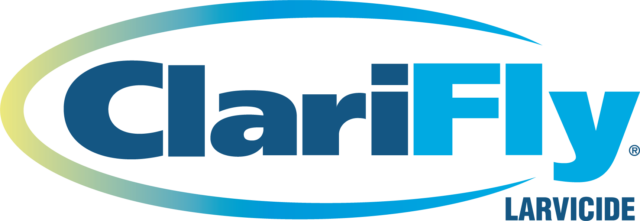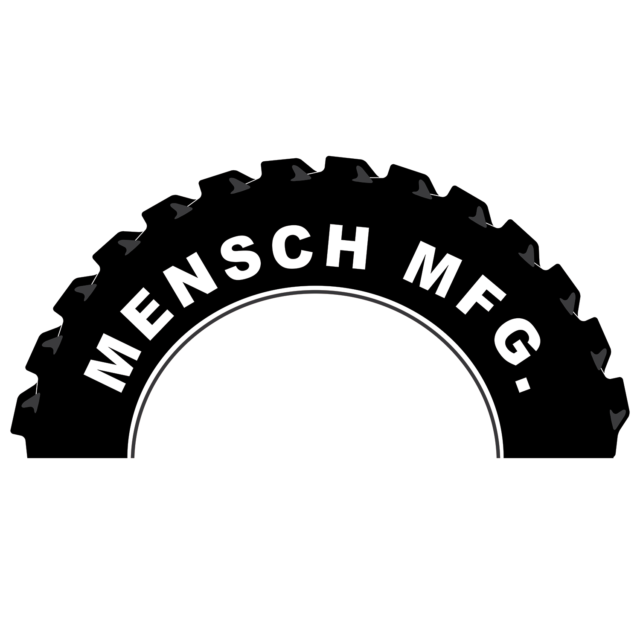Have you ever found yourself scrolling through Facebook marketplace and seeing something that catches your eye? That’s the exact way our farm found calf hutches that are now key to our operation. The farm had been tossing around the idea of switching from a modified calf barn to hutches for a while, but finding some for sale within an hour of our farm made the decision to switch fairly easy.
For us, two small changes to our calf care program have resulted in two positive outcomes. Those being calf health and development. Switching to hutches was the first change made. Prior to hutches, we made the best out of the space we had to work with and housed our newborn calves in the retired milk barn. It was a clean, dry environment for calves, but the ventilation inevitably seemed to result in some respiratory issues. It seemed as if almost every calf was needing to be treated for some type of signs or symptoms within their first week of life.
At roughly the same time we made the switch to hutches, we also increased the amount of milk the calves received at each feeding, starting at the first feeding. Typically, we used to feed 2 quarts at the first feeding, and over the course of time increased to 4 quarts per feeding. Now, we start off with 3 quarts at birth and go up from there. We also now use a control-flow nipple, so the calf has to be sucking for milk to flow. We also feel this change has contributed to better results in calf health, as the calf is not accidently ingesting any unwanted milk.
Between the switch to hutches and the increase in milk to calves with the new style bottle and nipple, we have seen less sickness in our calves. On the occasion they do get sick, our recovery time and prognosis is much higher than before. After graduating from hutches, calves still go into the retired milk barn, but at that stage, they have developed immunity and aren’t at as critical of a point in life.
With the dairy industry as it currently is, sometimes there is not a whole lot of extra money floating around to do major renovations or to completely rebuild your facilities. That’s OK. Not everything needs to be brand new. In most cases, all you need is creative thinking, and small, inexpensive changes can lead to results that will help your business in the future.
The hutches we purchased were used. The key to buying used goods for livestock is to remember to properly sanitize and let them air dry prior to placing new calves in them. The hutches also need to be properly cleaned after each calf leaves, prior to the next calf moving in. We have found when raising calves that you can never be too sanitary. Taking extra steps to ensure equipment is properly cleaned is critical to the well-being of the herd.
At less than $150 per hutch, and with the replacement of our bottles to bigger ones, this investment really leads to us being money ahead. Not only does it result in the calf coming back into the herd as a milk cow, but it also reduces the amount of money having to be put into treatment. Antibiotics can be expensive, and when you are needing to use them regularly, this expense can really add up fast. Not only does the money up front add up, but in the long run, I have found that calves that are sick when they are young are more prone to illness as milk cows. Ultimately, we feel they aren’t as good of producers as their counterparts who were not sick as young calves. With that, just remember it is not always big things that need to be done to yield positive results.






